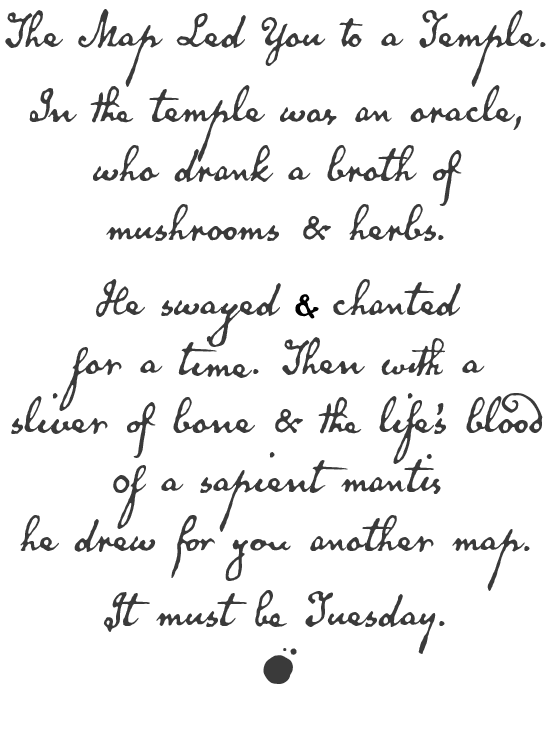Last Arrow :: Simple Arrow Tracking for 5e
/Last Arrow
Most players don't want to track the arrows they use in combat. And most DMs don't want to be nags about inventory. But realistically, ammunition is eventually going to run out.
Tactically, it is important that characters don’t have Matrix-style unlimited ammo. Narratively, it can be an exciting moment when the PC has to decide when to use that last arrow.
A couple of notes about my table that led to the development of this rule:
The mechanic is very simple: after each combat where the character fires arrows, the player rolls a d6.
My players have demonstrated time and time again that they lack the discipline to track consumables accurately. Counters, spindown dice, tally sheets — nothing works for long. Rather than fight it, I developed this system.
I like the visual “dwindling” this system provides without requiring the counting of individual shots. Players change up tactics when ammo is low.
Let’s Do Shots
The basic math is straightforward:
An average combat takes 5 rounds
A quiver holds 20 arrows.
Looks like we should expect our freshly-quivered archer to get a minimum of (20÷5) = 4 combat encounters from a quiver. So, let's count combats instead of individual arrows.
The object is not to cheat the player out of arrows, but to force them to eventually address scarcity. Rules also allow (PHB p. 146) that a 1-minute search after combat allows recovery of half the spent ammo, so we should include a recovery mechanism. Mathematically this sequence — subtracting 5 arrows each combat and adding 2.5 — would give us eight 5-round combats before the quiver runs dry.
|Combats completed | 0 | 1 | 2 | 3 | 4 | 5 | 6 | 7 | 8 | |Arrows remaining | 20 | 17.5 | 15 | 12.5 | 10 | 7.5 | 5 | 2.5 | 0 |
We don't want fewer than 4 encounters of ammo, and we'd like scarcity to start becoming an issue on average around 6-8 encounters.
Also, after a combat in which the adversary is also firing arrows, we can expect that recoverable ammunition will be more plentiful. Let's abstract that into our model.
Use Four d6
Four d6 will be our counters. With a full quiver, we'll have four sixes showing.
⚅ ⚅ ⚅ ⚅
After each combat, roll the leftmost "6":
Result 4—6: You recover arrows. Leave the die on "6".
⚅ ⚅ ⚅ ⚅
Result 1—3: You don't recover arrows. Set the leftmost die to "1".
⚀ ⚅ ⚅ ⚅
Roll again after each combat.
When you see four dice with one pip each, you have one arrow remaining.
⚀ ⚀ ⚀ ⚀
If the type of combat is such that the arrows would likely be lost or destroyed (e.g. firing at a flaming monster, a stone golem, or aerial targets) then you don’t roll: just you turn the next “6” to “1.”
Additional Rules
One Shot: There is no roll required after a single arrow is shot in or out of combat. Even if that arrow would logically be lost, we don’t want to impose a (statistical) penalty of 2.5 arrows for a single shot. Of course, if that was your Last Arrow, then you’re empty.
Hasty Exit: If your party doesn't have time to search the battlefield after a combat, you don't roll the die. You simply flip it from a "6" to a "1".
Enemy Salvage: A player argued that arrows would be more plentiful on the field if the enemy were also archers. That made sense to me. After a combat with an enemy who is also carrying arrows — if you have time to search the battlefield — you don’t have to roll or turn a die.
This straightforward system makes tracking simple, shows the dwindling supply on the dice, and allows the PC to make the dramatic decision: when do I use that last arrow?
Do you have systems for easily tracking consumables at your table? Let me know in the comments.



